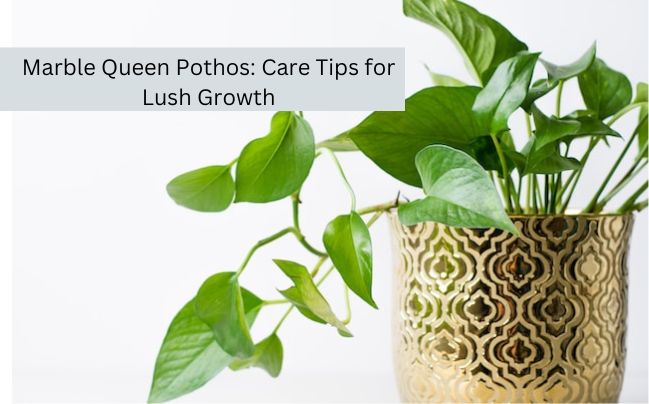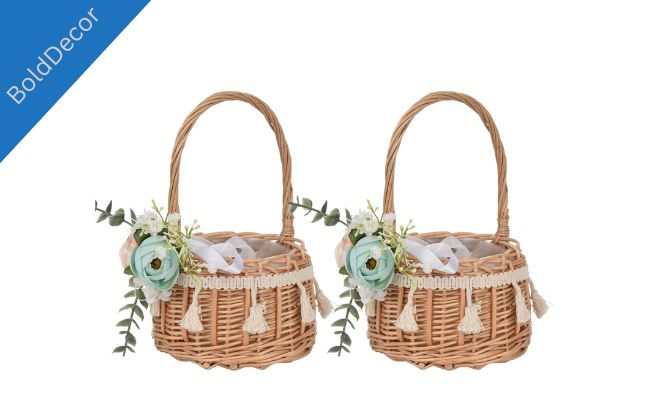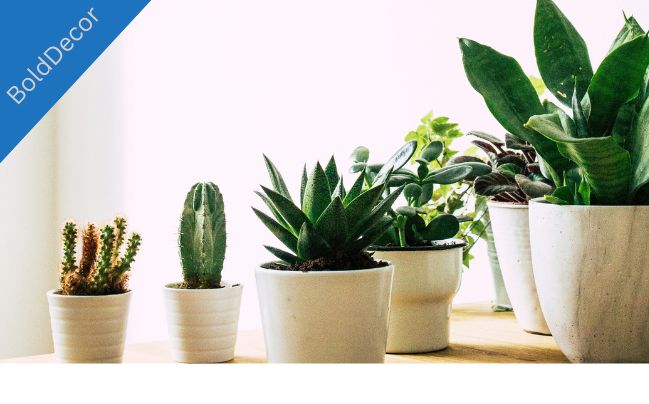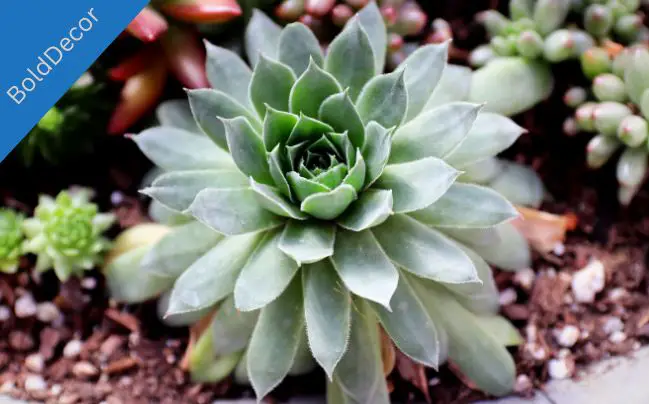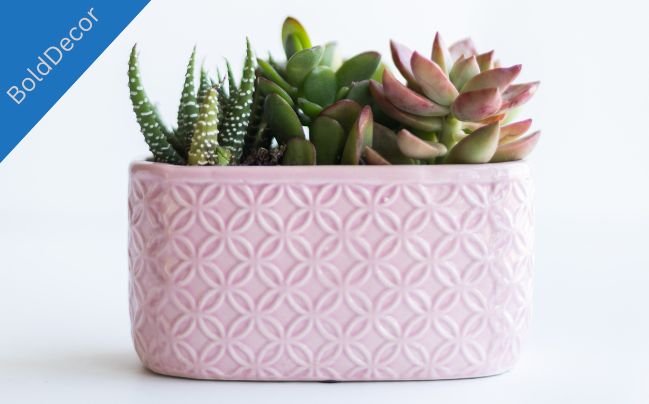Marble queen pothos plants are a beautiful and low-maintenance addition to any home. These tropical and trailing plants are perfect for adding a touch of greenery to your living space.
In this blog post, we will explore essential care tips to help your marble queen pothos thrive and achieve vibrant, variegated foliage.
Whether you’re an experienced plant enthusiast or new to the world of tropical plants, these care tips will ensure your marble queen pothos stays healthy and beautiful.
Key Takeaways:
- Marble queen pothos is a variegated tropical plant, known for its attractive foliage featuring green and creamy-white patches.
- The plant requires bright, indirect light and moderate humidity levels for lush growth.
- Proper watering, occasional fertilization, and pruning can help promote healthy and bushy growth.
- Pests and common issues, such as spider mites and root rot, can be prevented and treated with regular inspections and proper care.
- Supporting growth with trellises or totems and refreshing the plant with occasional cleaning can enhance its growth and beauty.
Table of Contents
Understanding the Marble Queen Pothos
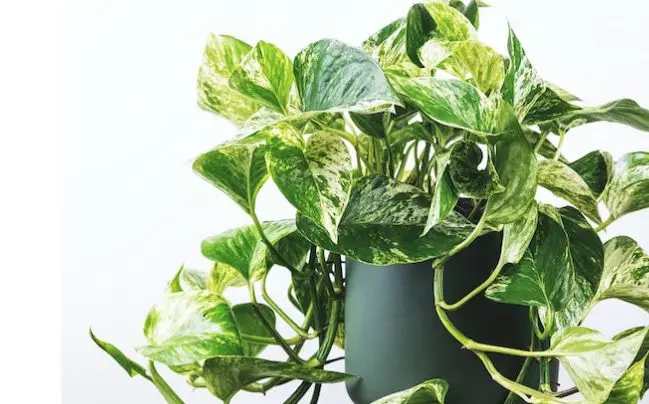
Before we dive into the care tips for the marble queen pothos, it’s essential to understand this tropical plant. The marble queen pothos is a popular trailing plant among both plant enthusiasts and beginners. It’s also known by its scientific name, Epipremnum aureum, or just pothos plant.
This plant is native to French Polynesia and is part of the Araceae family. What makes it unique is its attractive variegated foliage, featuring green and creamy-white patches. This plant’s resilience, ability to thrive in a variety of conditions and low maintenance has made it a top choice for households that want lush greenery without too much upkeep.
Compared to other tropical plants, the marble queen pothos is relatively easy to care for and can withstand neglect. With proper lighting, watering, and occasional fertilization, this trailing plant will thrive and add a touch of greenery to your living space. The pothos plant is a perfect choice for a variety of homes because of its adaptability, whether it’s a low-light bathroom or a brighter windowsill.
Elevate Your Space with Marble Queen Pothos! Shop Now for Lush Greenery and Effortless Style.
Choosing the Right Location
Marble queen pothos plants are the perfect addition to any household looking to spruce up their living space with a touch of greenery. To ensure that your trailing plants grow lush and healthy, it’s essential to choose the right location.
These plants thrive in bright, indirect light, but can also tolerate lower light conditions. When selecting a spot in your home, keep this in mind and avoid placing your plant in direct sunlight, which can scorch its leaves.
Instead, opt for a spot where your plant can receive adequate light without being exposed to direct sunlight. This will help your plant to grow and flourish, bringing beauty and nature into your living space.
Temperature and Humidity Requirements
Marble Queen Pothos plants are known as tropical plants and thus, prefer typical tropical temperatures. These plants thrive in temperatures between 60-85°F (15-29°C). While they can withstand slightly cooler temperatures, they do not fare well in extreme cold. Therefore, it’s essential to keep your marble queen pothos in a room with optimal temperature levels.
In addition, moderate humidity levels are crucial for optimal growth. These plants appreciate slightly moist soil and moderate humidity levels. Use a humidifier to achieve this or regularly mist your plant with a spray bottle. Proper humidity levels will ensure your plant looks luscious with gorgeous leaves.
Watering and Moisture Needs
Proper watering is essential for the health of your marble queen pothos, which is known as one of the easiest-to-grow plants. To avoid common problems such as root rot or wilting leaves, it’s important to get watering just right. As a general rule of thumb, allow the top inch of soil to dry out between waterings.
It’s tempting to water your plant frequently, but be cautious, as overwatering can be harmful. To avoid this, check the soil moisture regularly first by poking your finger an inch deep into the soil. If it feels dry, then it’s time to water. You’ll have to adjust your watering schedule depending on various factors, such as the environment, humidity, and temperature. For instance, in the summer, your plant may require more frequent watering than in the winter.
Underwatering can also be an issue. If the soil is too dry, your plant’s leaves will start to wilt, and its growth will be stunted. If this happens, you may have to submerge the pot in a container of water to ensure the soil is moistened from the bottom up. However, be sure to remove it from the water once the topsoil becomes moist.
Fertilizing Guidelines
Marble Queen Pothos plants are easy-to-grow plants and don’t require too much feeding, but occasional fertilization can benefit them.
It is recommended to use a balanced, water-soluble fertilizer to ensure optimal growth. During the growing season, fertilize your plant approximately once every two to three months. Follow the package instructions for proper dilution and application to avoid over-fertilizing your plant, which can cause damage to the roots.
Remember to wipe any fertilizer off the leaves to prevent burning and never apply fertilizer to dry soil.
Pruning and Propagation Tips

If you want your marble queen pothos to have lush growth and maintain its desired shape, pruning is a vital step. Regularly trim back leggy stems and remove yellowing or dead leaves to promote bushier growth. This will ensure your plant remains healthy and vibrant.
In addition to pruning, marble queen pothos is an easy-to-propagate plant. You can propagate it through stem cuttings in water or directly into potting soil. This is a great way to create new plants from your existing one, and it’s a fun project for plant lovers of all levels.
Pests and Common Issues
Marble queen pothos plants are easy-to-grow and generally hardy, but they can still face common issues that may hinder their growth. Proper care and regular inspection can help prevent these problems from escalating. Some common issues and solutions for marble queen pothos plants include:
Spider Mites
Spider mites are tiny pests that can infest your marble queen pothos, causing yellowing leaves and webbing on the plant. These pests thrive in dry conditions, so increasing humidity levels and regularly misting your plant can help deter them. Hosing down your plant with water can also remove spider mites from the leaves.
Mealybugs
Mealybugs are small white insects that can cluster on the leaves and stems of your marble queen pothos. They suck the plant’s juices and can cause stunted growth and distorted leaves. To get rid of them, wipe the leaves with a cotton swab dipped in rubbing alcohol, or use neem oil or insecticidal soap.
Root Rot
Root rot is a fungal disease caused by overwatering and poor drainage. With root rot, your marble queen pothos may experience wilting, yellowing leaves, and weak growth. To prevent and treat root rot, avoid overwatering, provide proper drainage, and use a well-draining potting mix. Remove affected leaves and cut off any infected roots.
By following the correct care tips, providing the optimal environment and regularly monitoring your marble queen pothos, you can enjoy a healthy, lush, and vibrant plant. With these easy-to-grow plants, perfect for adding a touch of greenery to your home, you can have a thriving and beautiful addition to your household for years to come.
Supporting Growth with Trellises or Totems
Marble Queen Pothos plants are trailing plants that naturally seek support as they grow. Providing them with a structure to climb on is an excellent way to keep them off the ground and enhance their growth. Trellises or totems, such as moss poles or wooden stakes, are easy to install and create an attractive display in your home.
As the plant grows, train the vines to climb up the support structure. You can do this by gently looping the vines around the structure or tying them to it with soft plant ties. Avoid using sharp objects or rough materials that may damage the plant.
A trellis or totem not only supports the plant’s growth but also helps to prevent the leaves from touching the ground, which can attract insects and cause the plant to accumulate dust and debris. This can hinder the plant’s ability to photosynthesize efficiently, leading to poor growth and health.
Choosing the Right Support Structure for Your Marble Queen Pothos
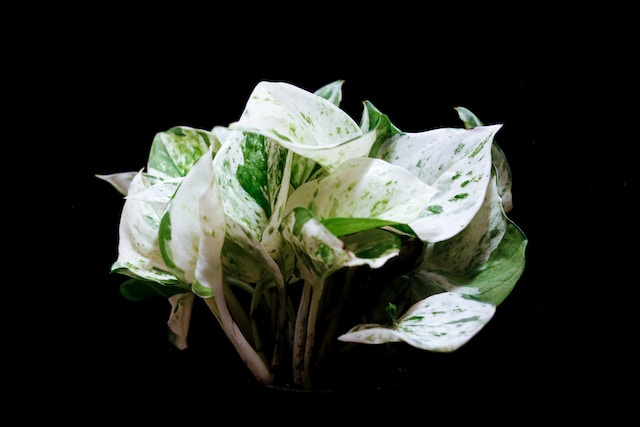
When selecting a support structure, choose one that is sturdy and in proportion to the size of your plant. A too-small structure will not adequately support the growth of the plant, and a too-large structure will make the plant look out of place in your home.
You can opt for different types of structures based on your personal style and preferences. Some popular options include:
| Support Structure | Description |
|---|---|
| Moss pole | A pole made of moss and other organic materials that helps to retain moisture and provides a natural-looking support structure for your plant. |
| Wooden stake | A solid and durable option that can be easily customized to meet your needs. Simply attach the stake to a heavy base and secure it in the potting soil. |
| Wall or ceiling hooks | An alternative option for those that want to create a ‘living wall’ or ceiling decoration. Simply install hooks into the wall or ceiling and loop the vines around them. |
| Trellis netting | A lightweight and flexible option that can be stretched across a wall or other surface to provide ample climbing space for your plant. |
Remember to always avoid harsh or sharp materials that can cause damage to your plant. With the proper support structure and care, your marble queen pothos can thrive and create an attractive display in your home.
Refreshing and Cleaning Your Marble Queen Pothos
Marble queen pothos plants are known for their lush and vibrant foliage. However, over time, the leaves can accumulate dust, which can affect the plant’s ability to photosynthesize effectively. Cleaning your plant regularly is an important aspect of its care that’s often overlooked.
To keep your marble queen pothos looking its best, you can use a damp cloth to gently wipe the leaves. This will help to remove dust and grime that can accumulate on the leaves. Alternatively, you can give your plant a refreshing shower by placing it in a sink or shower, allowing the water to run through the leaves. This can also help to remove any pests that may have taken up residence on your plant.
When cleaning your marble queen pothos, it’s essential to avoid using any chemical cleaners, as they can be harmful to the plant. Instead, use only plain, lukewarm water and a soft cloth or sponge to clean the leaves.
Regularly refreshing and cleaning your marble queen pothos will not only keep it looking its best but also ensure that it can continue to thrive in your home.
Troubleshooting Common Marble Queen Pothos Problems
Marble queen pothos plants are easy-to-grow, but they are not immune to common issues that can affect their health and growth. Here are some tips to help you identify and resolve these problems.
Yellowing Leaves
If your marble queen pothos has yellow leaves, it may be getting too much water or not enough light. Check the soil moisture to ensure you’re not overwatering, and consider moving the plant to a brighter location. If several leaves are yellowing at once, it may be a sign of root rot, in which case you should remove the plant from its pot and assess the roots for signs of decay.
Leaf Spotting
If your plant has brown or black spots on its leaves, it may be infected with a fungal or bacterial disease. You may need to remove the infected leaves and treat the plant with a fungicide or bactericide to prevent further spread. Make sure to keep the plant in a well-ventilated area to prevent moisture buildup, which can contribute to fungal growth.
Stunted Growth
If your marble queen pothos is not growing as quickly as you’d like, it may be due to insufficient nutrition or light. Make sure the plant is getting enough water and occasional fertilization. Consider moving it to a brighter location or adding artificial lighting to supplement natural light.
By taking these troubleshooting tips into consideration, you can ensure that your marble queen pothos remains healthy and vibrant.
Bottom line
Marble queen pothos plants are the perfect easy-to-grow addition to any home. With their stunning variegated foliage, they are sure to add a touch of greenery and sophistication to any living space. By following the essential care tips we’ve outlined, you can ensure your plant thrives and achieves lush growth. Remember to select the right location, provide appropriate lighting, temperature, and humidity conditions, water appropriately, and occasionally fertilize your plant. Additionally, regular pruning and cleaning can keep it looking its best. If you encounter any common issues, troubleshooting tips can help you identify and resolve them without hassle. So, go ahead and get yourself a marble queen pothos plant to enjoy a beautiful, low maintenance addition to your home.
FAQ
How often should I water my marble queen pothos?
It is best to allow the top inch of soil to dry out between waterings. Be sure not to overwater, as this can lead to root rot. Check the soil moisture regularly and adjust your watering schedule accordingly.
What is the ideal temperature range for marble queen pothos?
Marble queen pothos plants prefer temperatures between 60-85°F (15-29°C). They can tolerate slightly cooler temperatures, but it’s important to avoid exposing them to extreme cold.
Can I place my marble queen pothos in direct sunlight?
While marble queen pothos plants thrive in bright, indirect light, it’s best to avoid direct sunlight as it can scorch the leaves. Choose a spot in your home where the plant can receive adequate light without direct exposure to the sun.
How often should I fertilize my marble queen pothos?
Marble queen pothos plants are not heavy feeders. It is recommended to fertilize them approximately once every two to three months during the growing season using a balanced, water-soluble fertilizer. Follow the package instructions for proper dilution and application.
How do I propagate my marble queen pothos?
Marble queen pothos are easy to propagate. You can do so through stem cuttings in water or directly into potting soil. Simply cut a healthy stem below a node and place it in water or soil, ensuring it receives adequate moisture and indirect light.
What should I do if I notice pests on my marble queen pothos?
Regularly inspect your marble queen pothos for signs of pests, such as spider mites or mealybugs. If you notice any, take necessary measures to control and prevent their spread. This may include using insecticidal soap or wiping the leaves with a mixture of water and mild dish soap.
Can I use a trellis or totem to support the growth of my marble queen pothos?
Yes, providing a trellis or totem for your marble queen pothos to climb on can enhance its growth and create an attractive display. These trailing plants naturally seek support, so giving them structures to climb on can help them thrive.
How do I clean and refresh my marble queen pothos?
Over time, dust may accumulate on the leaves of your marble queen pothos, hindering its ability to photosynthesize efficiently. Gently wipe the leaves with a damp cloth or give the plant a refreshing shower to clear away the dust and allow it to breathe properly.
What should I do if my marble queen pothos has yellowing leaves?
Yellowing leaves on a marble queen pothos can be a sign of overwatering, underwatering, or improper lighting. Assess your watering habits, adjust the lighting conditions, and make sure the plant is not exposed to direct sunlight. Adjusting these factors should help address the issue.
My marble queen pothos has leaf spotting. What could be causing this?
Leaf spotting can be caused by various factors, including fungal or bacterial infections, pests, or water droplets left on the leaves for too long. Ensure the plant has proper air circulation, avoid overwatering or splashing water on the leaves, and inspect for pests or signs of disease.

